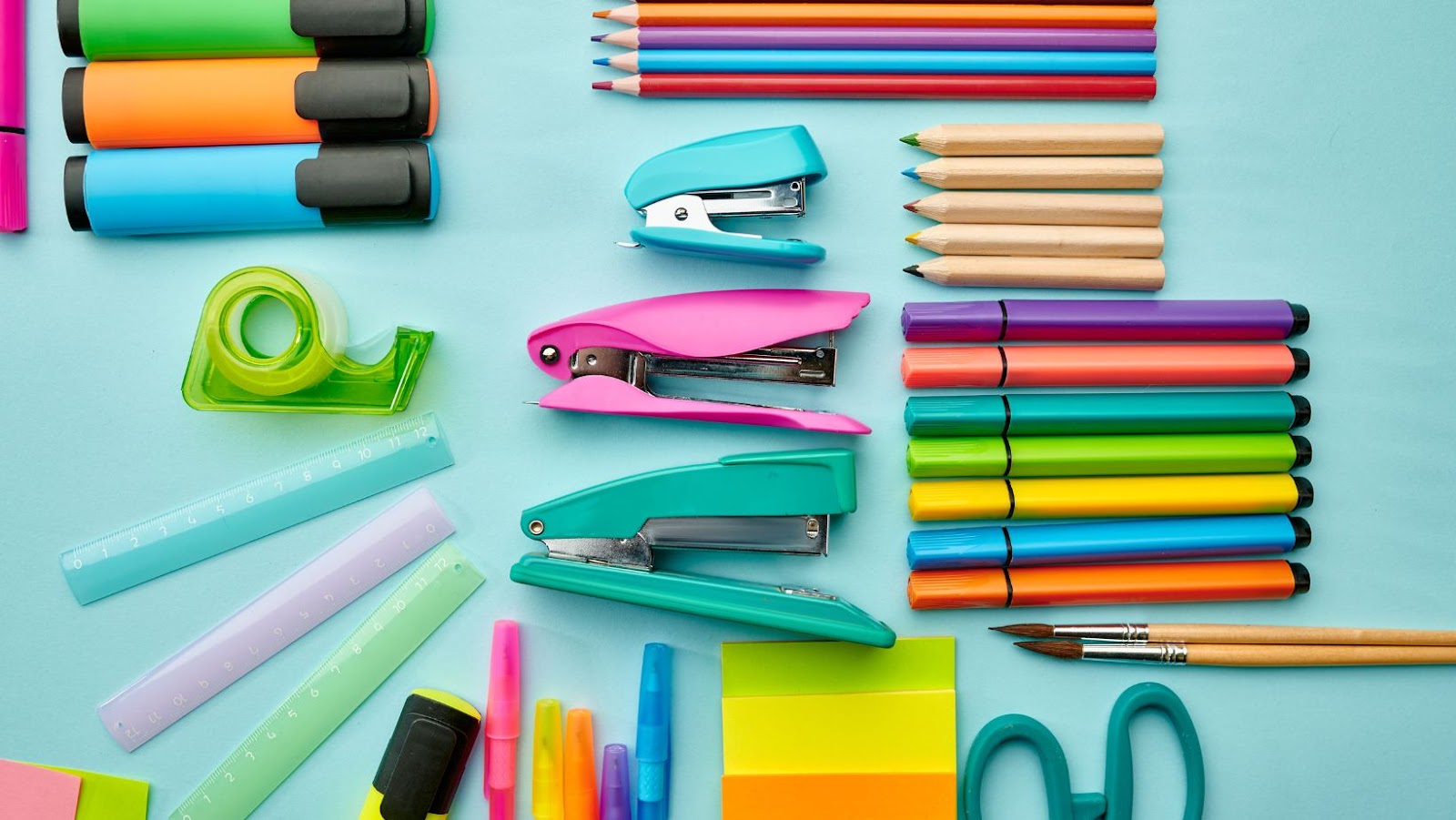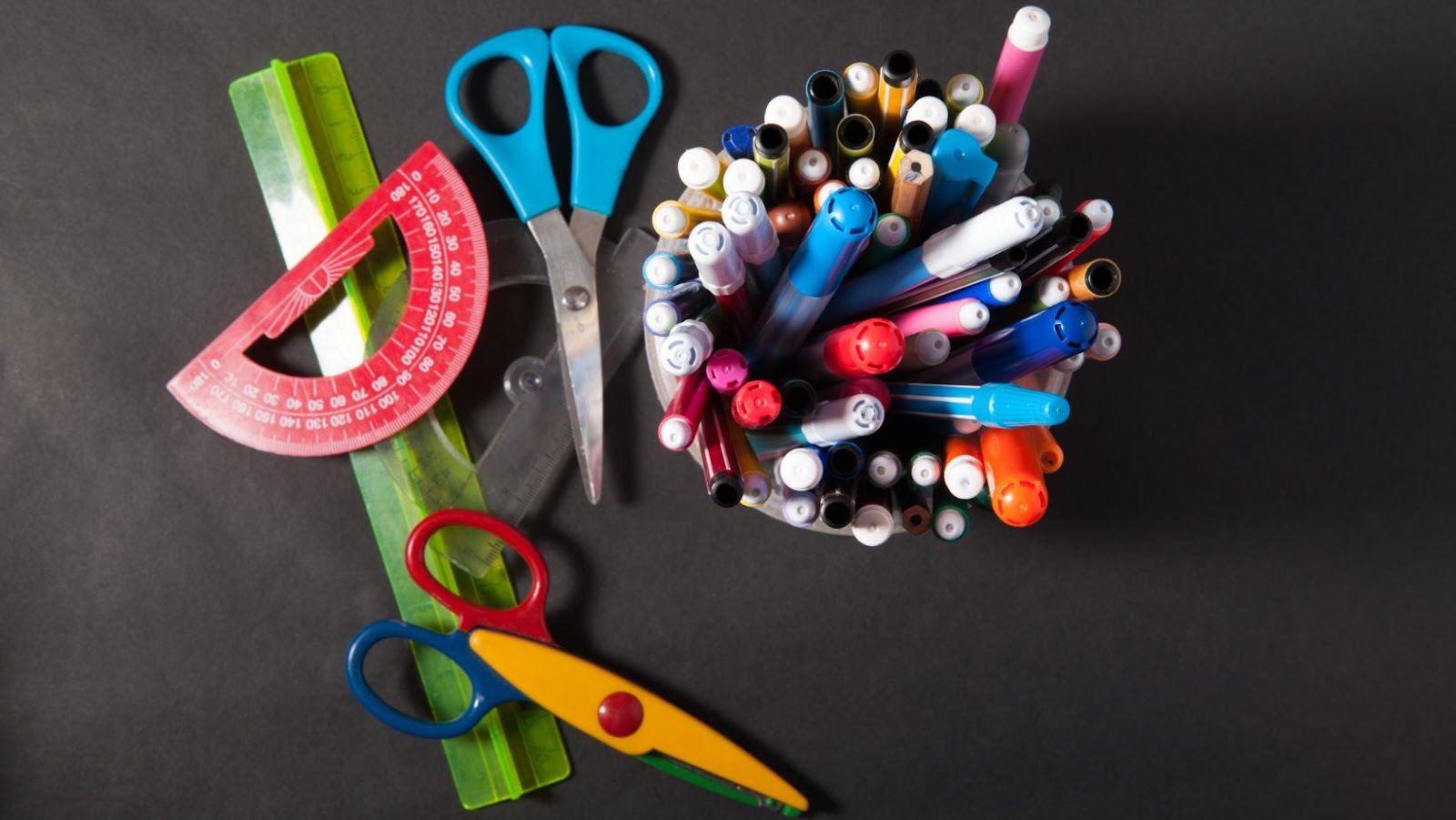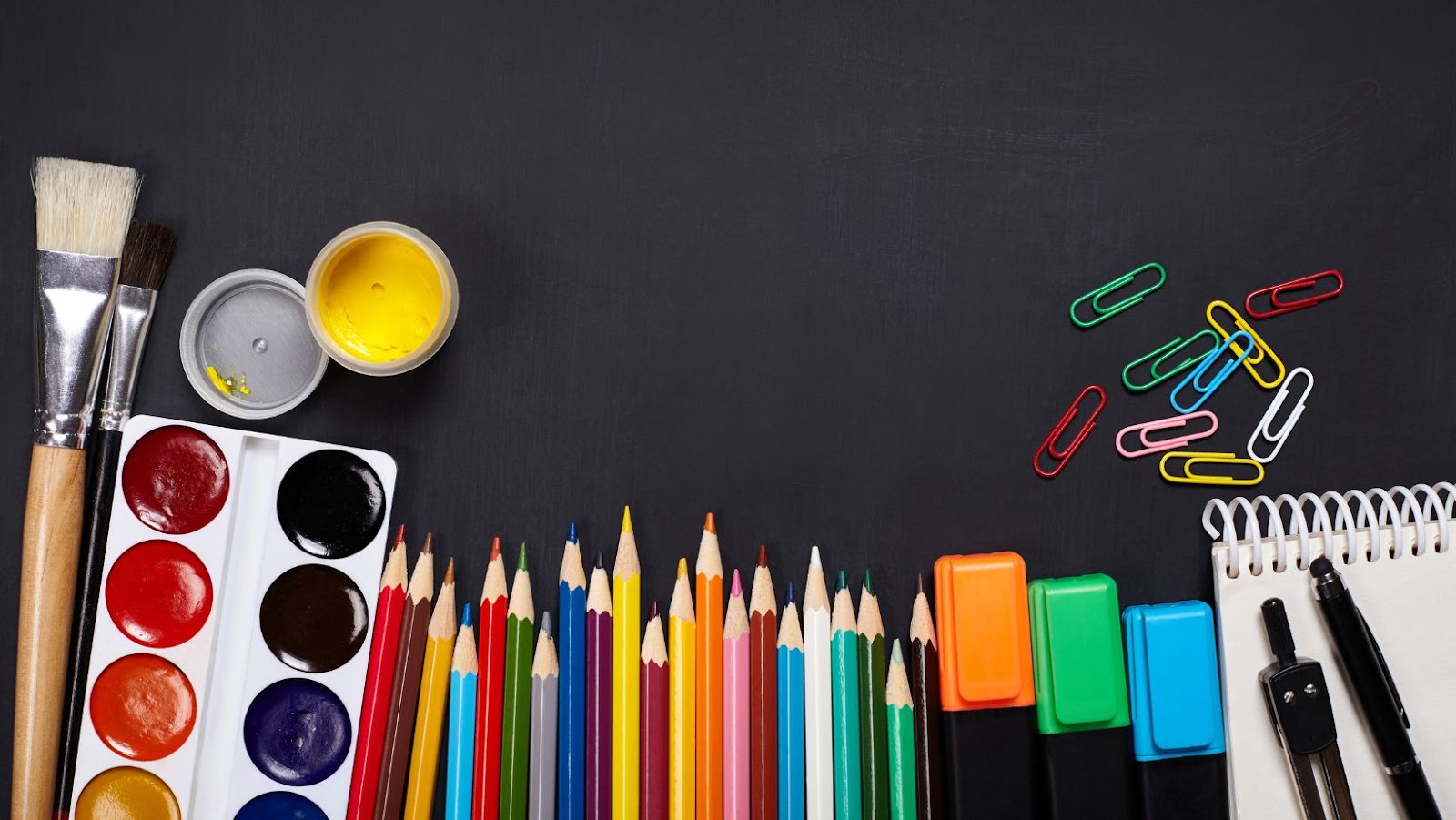 Creative Stationery Design
Creative Stationery Design
Creative stationery design combines functionality and aesthetics, turning everyday paper goods into tools for expression. It transforms practical items like notepads, envelopes, and letterheads into canvases for branding and personal expression. By blending colors, typography, and graphics thoughtfully, designers create pieces that resonate emotionally.
Graphics: Designers employ graphics to enhance visual appeal. For instance, custom illustrations or patterns can reflect a brand’s personality or an individual’s tastes.
Colors: The strategic use of color in design conveys mood and tone. Bright, bold colors can energize while muted tones evoke calmness.
Typography: The choice of fonts plays a crucial role in design impact. Elegant lettering or whimsical scripts adds sophistication or playfulness.
Materials: Using high-quality materials such as textured paper elevates the stationery’s tactile experience, reinforcing the design’s luxury feel.
Incorporating these elements into creative stationery design ensures the end product not only serves its primary function but also becomes an extension of personal or corporate identity. This results in stationery that’s not just practical but also evocative and memorable. Creative stationery design combines essential elements that meld functionality with visual appeal. Designers employ various techniques to transform ordinary items into expressive tools. Color choices significantly influence the visual impact of stationery. Designers use color strategically to evoke emotions and establish brand identity. Bold hues create vibrant energy, while softer tones promote calmness. By choosing complementary color palettes, stationery sets achieve harmony and balance.
Typography and fonts define the character of stationery design. Creative use of different typefaces adds personality, with serif fonts often conveying formality and sans-serif fonts offering modernity. Designers consider font size and spacing to ensure readability and visual hierarchy. Materials and textures enhance the tactile dimension of stationery. High-quality papers like cotton and vellum provide durability and luxury. Embossing and foil stamping create texture, adding depth and interest. Eco-friendly materials appeal to sustainability-conscious users, offering a guilt-free choice.
 Top Trends in Creative Stationery Design
Top Trends in Creative Stationery Design
As the demand for unique stationery continues to rise, several innovative trends are shaping the industry. Staying attuned to these trends can help businesses and individuals create standout designs.
Minimalism in stationery design emphasizes simplicity and functionality. Clean lines and ample white space create an elegant and uncluttered look. This design approach often uses a limited color palette, focusing on neutral tones like white, black, and gray. The absence of extraneous elements highlights the essential features of the stationery, making the text and other critical components stand out. Sleek typography and subtle embellishments further enhance minimalist stationery, enabling a sophisticated expression without overwhelming details.
Environmental awareness is driving a shift toward sustainable stationery designs. Eco-friendly materials, such as recycled paper and bamboo, are increasingly popular as they minimize environmental impact. Designers are finding innovative ways to incorporate these materials while maintaining aesthetic appeal. Vegetable-based inks and biodegradable adhesives further enhance the sustainability of creative stationery. This trend caters to environmentally conscious consumers who value products that align with their ecological values without sacrificing style or quality.
 The Impact of Creative Stationery on Branding
The Impact of Creative Stationery on Branding
Creative stationery significantly enhances a brand’s image by providing unique and tangible expressions of identity. It bridges the gap between aesthetics and functionality, offering brands a versatile medium to communicate values and style.
Creative stationery strengthens brand identity by incorporating visual elements that align with core values. Companies use custom designs, including logos and colors, to create a consistent brand image. This consistency reinforces brand recognition, as seen with Apple’s minimalist packaging that reflects its modern, innovative ethos. Employing unique typography and quality materials further differentiates brands from competitors, making a significant impact in various industry sectors.
Through creative stationery, brands leave lasting impressions that resonate with their audience. The tangible nature of stationery sets it apart from digital experiences, providing a physical representation of a brand’s quality and attention to detail. For instance, embossed business cards create a sophisticated touch that clients remember long after meetings. By prioritizing distinctive design and thoughtful presentation, businesses ensure their stationery not only conveys information but also evokes emotional connections.